Assassin's Creed is a historical fiction action-adventure open world stealth video game series that consists of six main games and a number of supporting materials, as of 2013. The games have appeared on the PlayStation 3, Xbox 360, Microsoft Windows, Mac OS X, Nintendo DS, PlayStation Portable, PlayStation Vita, iOS, HP webOS, Android, Nokia Symbian Windows Phone platforms, and the Wii U.
Assassin's Creed IV: Black Flag is set primarily on and around the islands in the Caribbean Sea during the Golden Age of Piracy in the early 18th century, with the three major cities consisting of Havana, Nassau and Kingston.
Assassin's Creed IV: Black Flag is set primarily on and around the islands in the Caribbean Sea during the Golden Age of Piracy in the early 18th century, with the three major cities consisting of Havana, Nassau and Kingston.
Development
Assassin's Creed IV: Black Flag producer Martin Schelling and Mission Director Ashraf Ismail both stated that they began the project in the summer of 2011, with a pirate game as their focus. Ismail also stressed that they aimed towards a more historically accurate take on the era, including staying away from the stereotypical image associated with pirates, such as parrots, Krakens and plank-walking. The pair also explained that because the game was so radically different from its predecessor and that the scope and open-world gameplay was so different from the previous game, they opted for the project to be a numbered sequel as opposed to a spin-off that followed in the footsteps of the last numbered game, Assassin's Creed III.
Gameplay
While the game is presented through protagonist Desmond Miles, the bulk of the game is played as Desmond experiences the memories of either Altaïr, Ezio, or Connor through the Animus. This provides a means of a diegetic interface for the player, showing Altaïr, Ezio, or Connor's health, equipment, goals, and other features as part of the Animus interface. The Animus is based on the player controlling the assassin to maintain the synchronization between Desmond and his ancestor's memories. Performing actions that go against the Assassin's way or dying breaks the synchronization, effectively requiring the player to restart at a previous checkpoint. Furthermore, the player cannot explore outside of areas that the assassin has not experienced yet. There are also abnormalities within the Animus from previous users of the device.

While playing as the Assassin characters, the games are generally presented as third-person in an open world, focusing on stealth and free-running. The games use a mission structure to follow the main story, generally assigning the player to complete an assassination of public figureheads or a covert mission. Alternatively, several side missions are available, such as mapping out the expansive cities from a high perch followed by performing a "leap of faith" into a haystack below, collecting treasures hidden across the cities, exploring ruins for relics, building a brotherhood of assassins to perform other tasks, or funding the rebuilding of a city through purchasing and upgrading of shops and other features. At times, the player is in direct control of Desmond, who by nature of the Animus use has learned Assassin techniques through the bleeding effect, as well as their genetic ability of Eagle Vision, which separates friend, foe and assassination targets by illuminating people in different colors. Through the Animus interface, the player can go back to retry any past mission already completed; for example, in Assassin's Creed: Brotherhood, the player achieves better synchronization results by performing the mission in a specific manner such as by only killing the mission's target.
The games use the concept of "active" versus "passive" moves, with "active" moves, such as running, climbing the sides of buildings, or jumping between rooftops, more likely to alert the attention of nearby guards. When the guards become alerted, the player must either fight them or break their line of sight and locate a hiding place, such as a haystack or a well, and wait until the guards' alert is reduced. The combat system allows for a number of unique weapons, armor, and moves, including the use of a hidden blade set in a bracer on the Assassin's arm, and which also can be used to quietly assassinate targets.

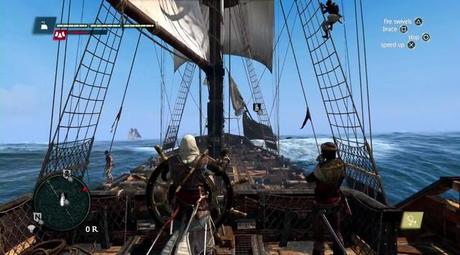




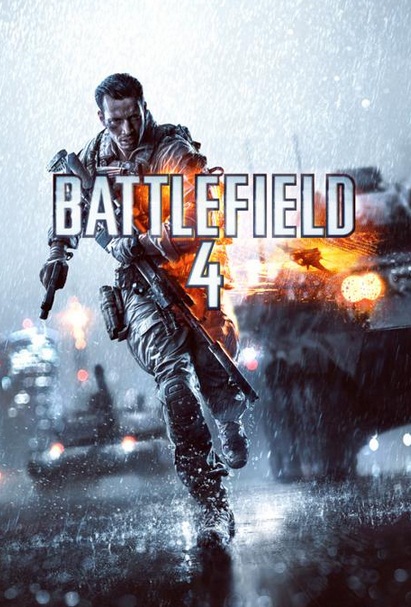

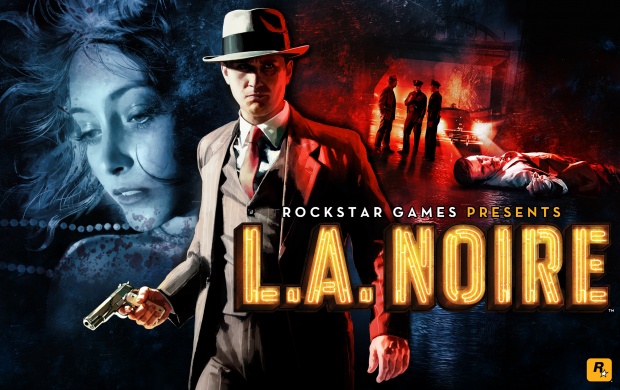




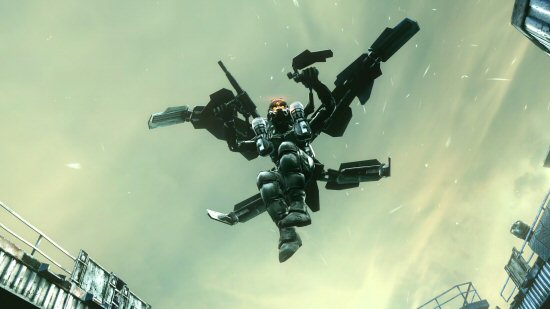
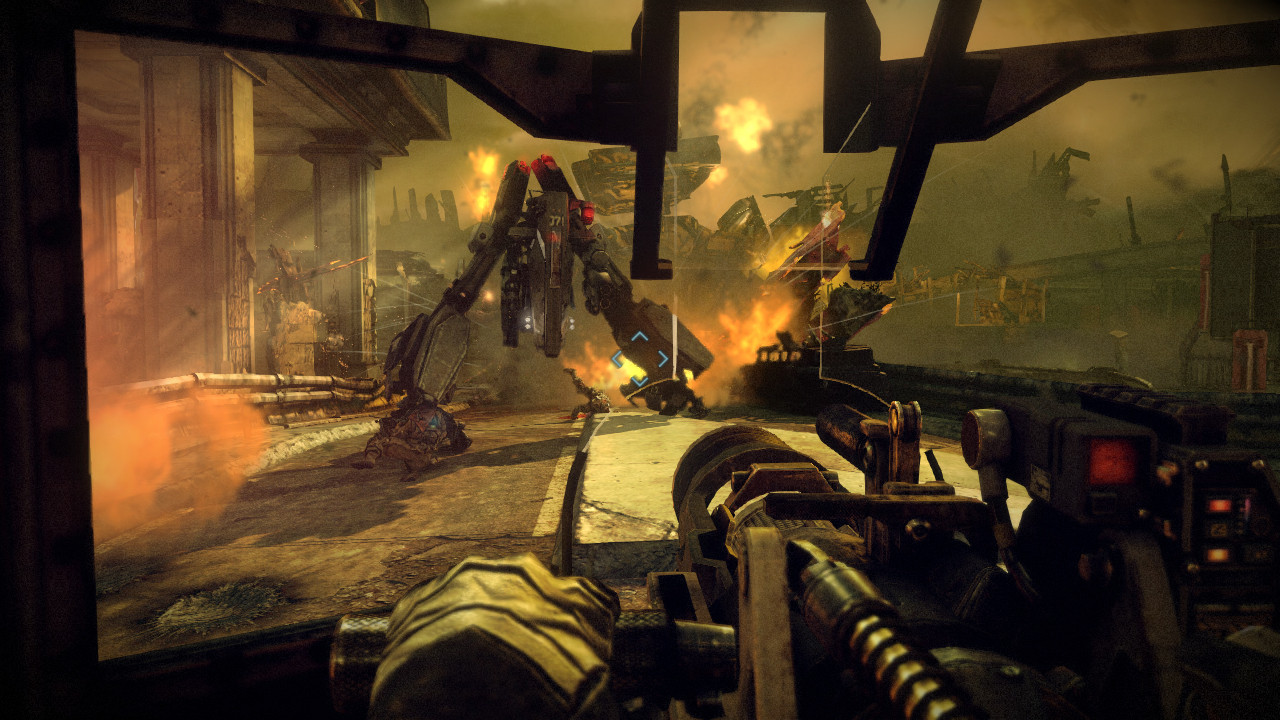
Fazi Templates
Follow Us
Blogger News